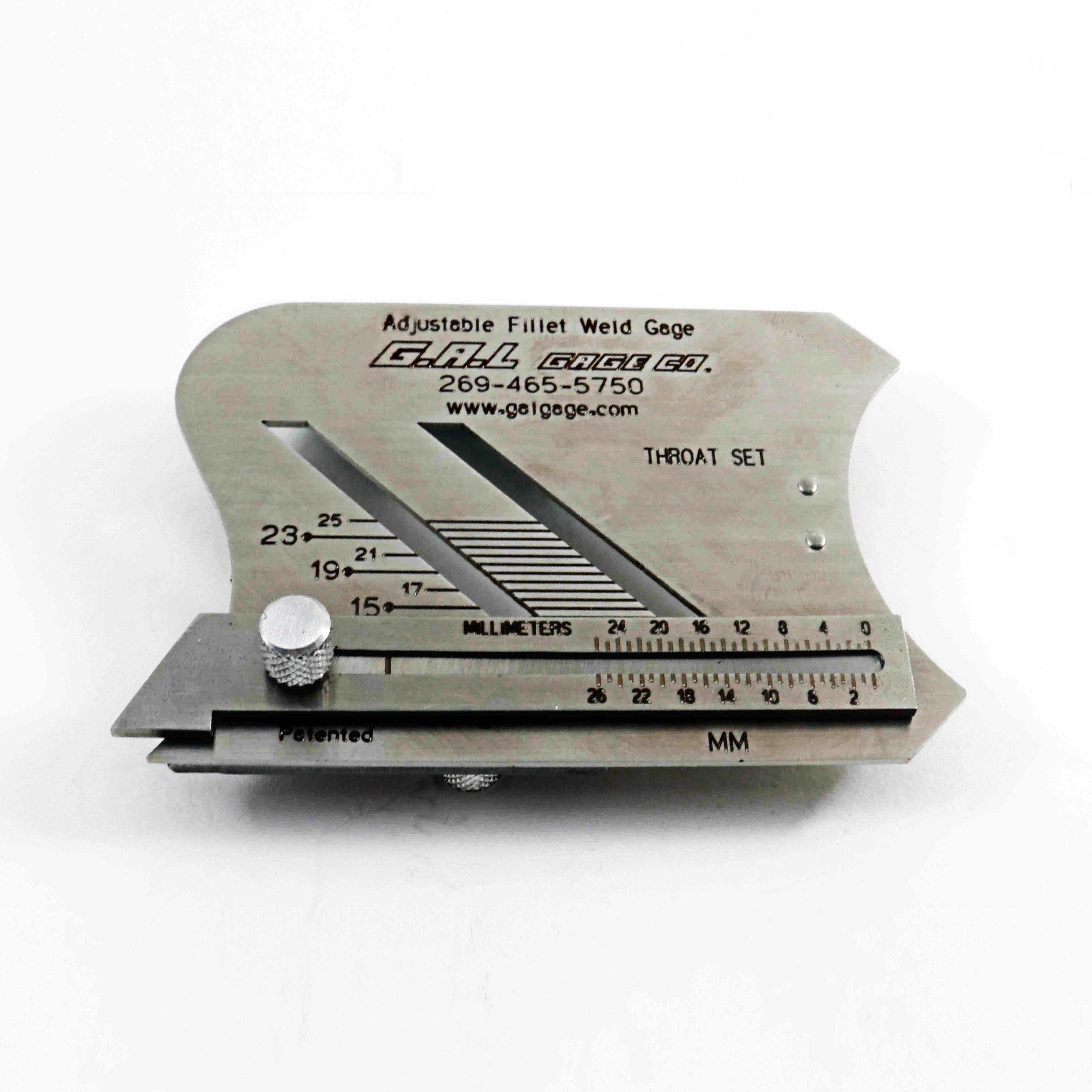Gauge Fillet Weld Explained: From Fundamentals to Advanced Techniques
Gauge Fillet Weld Explained: From Fundamentals to Advanced Techniques
Blog Article
The Ultimate Guide to Fillet Weld Quality Assurance: Making Certain Strength and Longevity in Your Welded Joints
In the realm of welding, making sure the strength and sturdiness of fillet welds is paramount for the stability of bonded joints. As we embark on this exploration of fillet weld high quality control, we will certainly uncover necessary factors that influence weld stamina, dive into effective assessment approaches, and discuss techniques for avoiding typical weld flaws.
Relevance of Fillet Weld Quality Assurance
Guaranteeing appropriate fillet weld top quality control is extremely important in guaranteeing the structural integrity and durability of welded elements in different sectors. Fillet welds are generally made use of in architectural steelwork, bridges, stress vessels, pipes, and various other critical infrastructure where the strength of the weld is essential to overall safety and performance. Quality control procedures such as visual evaluations, non-destructive screening, and adherence to welding procedures aid identify prospective problems like absence of fusion, incomplete infiltration, damaging, or extreme support.
Key Factors Influencing Weld Toughness
Attaining ideal weld toughness requires cautious consideration of numerous key aspects that affect the honesty and longevity of the welded joint. The first essential element is proper joint prep work, which involves cleaning up the base steels to remove any type of impurities that could deteriorate the weld. Additionally, the fit-up of the joint is necessary to ensure appropriate infiltration and blend of the filler material.
The choice of the ideal welding technique and parameters likewise plays a substantial role in identifying weld stamina. Variables such as heat input, travel speed, and electrode angle can affect the high quality of the weld. Maintaining the appropriate interpass temperature during multi-pass welding is important to avoid breaking and guarantee a strong bond between the layers.
Additionally, the choice of filler material and its compatibility with the base metals is crucial for achieving high weld strength. Making use of filler product with the ideal mechanical properties can boost the total stability of the weld. Post-weld warm treatment and correct assessment methods are important actions in making sure the stamina and resilience of the bonded joint.
Assessment Methods for Weld Honesty

One more critical inspection approach is fluid penetrant testing, where a fluid dye is put on the weld surface area - Gauge Fillet Weld. The dye seeps into any kind of surface-breaking flaws, making them noticeable under UV light. This technique works for identifying defects that might not be visible to the nude eye


Ultrasonic testing is likewise widely made use of for examining weld honesty. High-frequency acoustic wave are routed into the weld, and any kind of disruptions in the sound wave pattern indicate prospective issues like fractures or absence of fusion.
These assessment methods play a crucial duty in guaranteeing the top quality and reliability of welds, eventually adding to the overall stamina and durability of welded joints in commercial setups.
Preventing Typical Weld Flaws
In order to keep the structural stability of bonded joints in commercial applications, it is crucial to execute precautionary actions to address typical weld flaws. One usual issue is absence of fusion, where the filler material fails to bond effectively with the base steels, bring about weak points in the weld. look at here now This can be avoided by guaranteeing appropriate warm control and utilizing the right welding method.
One more regular problem is porosity, triggered by gas entrapment in the weld steel during the welding process. To avoid this, it is vital to clean up the base metals thoroughly, use dry electrodes, and maintain an ideal welding setting with correct air flow.
Furthermore, cracks in welds can compromise the joint's strength. To prevent this flaw, it is essential to manage the cooling price after welding, make use of pre-heating when required, and select ideal welding criteria.
Enhancing Weld Sturdiness With Proper Strategies
One crucial technique to boost weld sturdiness is to guarantee correct weld bead placement. By placing the weld bead precisely within the joint, the weld's toughness and resistance to fatigue can be substantially improved.
Moreover, employing proper pre-weld click this and post-weld warmth therapies can help in reducing recurring stresses and enhance the weld's sturdiness, check over here making it extra resistant to breaking and failing with time. Another technique to enhance weld sturdiness is to make use of top notch welding consumables and base materials. Picking the best filler metal and guaranteeing the cleanliness of the base steels can prevent incorporations and other flaws that can compromise the weld's longevity. By implementing these proper strategies, welders can ensure that their bonded joints exhibit phenomenal toughness and durability, fulfilling the best standards.
Final Thought
In conclusion, keeping premium quality control criteria for fillet welds is vital for guaranteeing the toughness and toughness of welded joints. By recognizing the essential variables affecting weld toughness, utilizing examination methods for weld honesty, preventing typical weld defects, and utilizing correct methods, welders can boost the overall toughness of their welds. It is vital to focus on quality assurance procedures to generate dependable and durable bonded joints.
In the realm of welding, guaranteeing the stamina and durability of fillet welds is critical for the stability of bonded joints. As we get started on this expedition of fillet weld quality control, we will discover crucial factors that influence weld strength, dig into efficient examination approaches, and discuss strategies for avoiding typical weld flaws.Accomplishing ideal weld toughness calls for mindful factor to consider of numerous vital variables that affect the honesty and longevity of the bonded joint (Gauge Fillet Weld).In verdict, preserving high top quality control requirements for fillet welds is important for making sure the stamina and sturdiness of welded joints. By understanding the key factors influencing weld stamina, using evaluation methods for weld honesty, protecting against typical weld problems, and employing correct methods, welders can enhance the overall longevity of their welds
Report this page